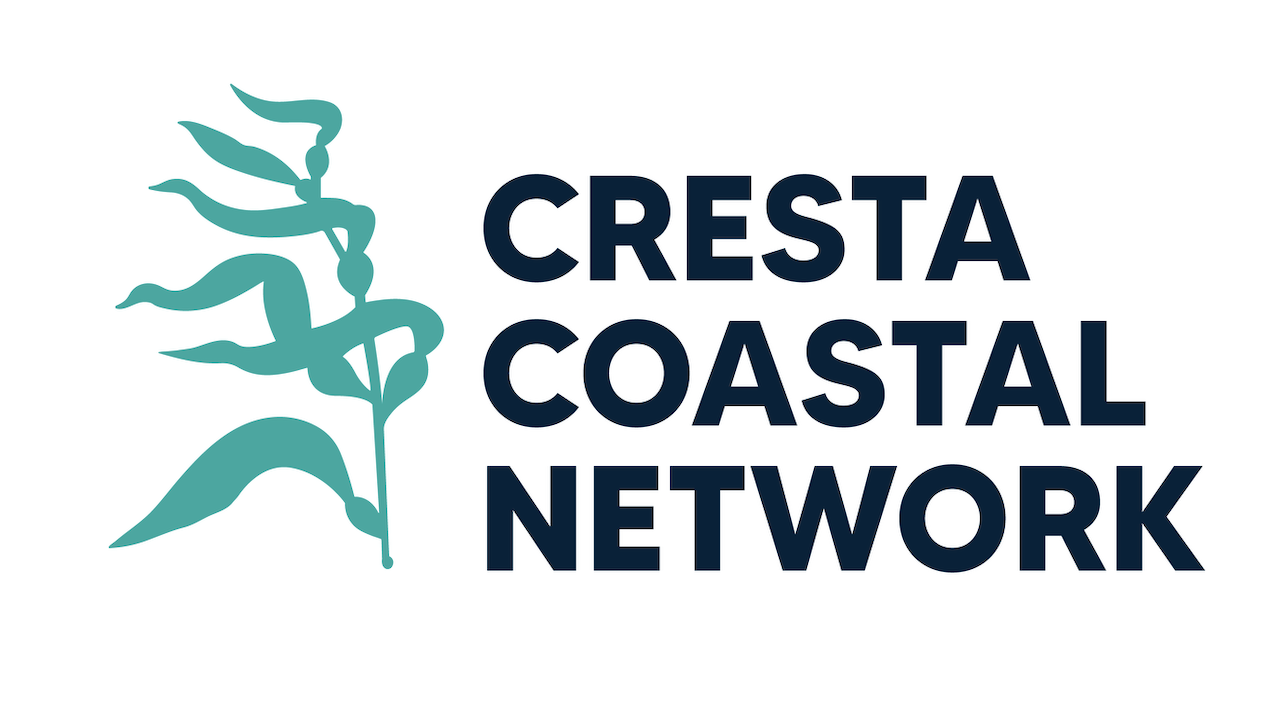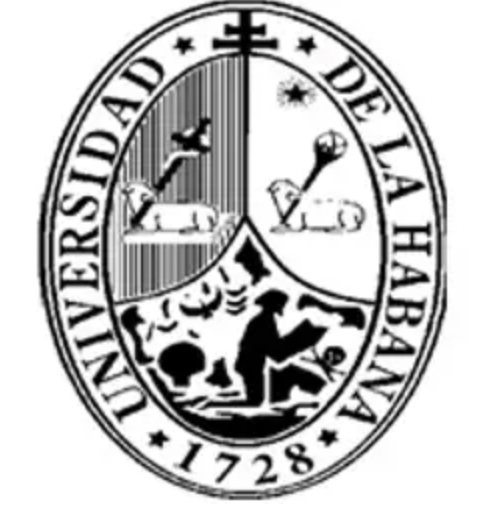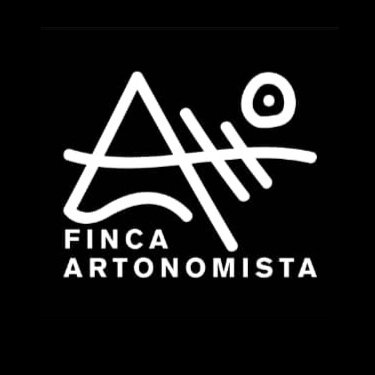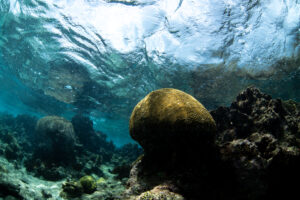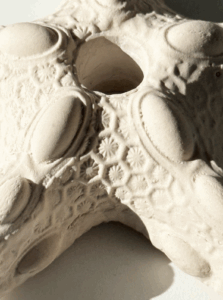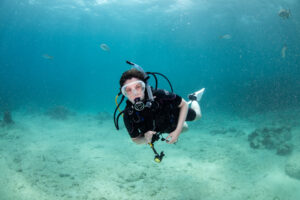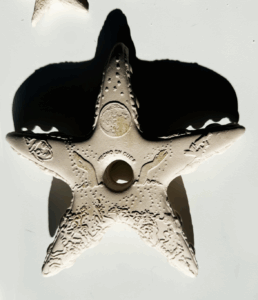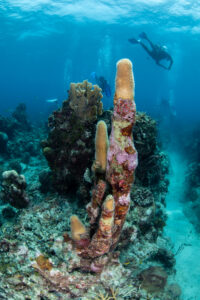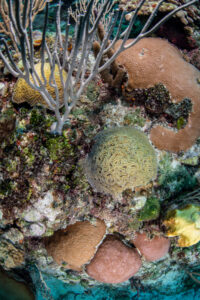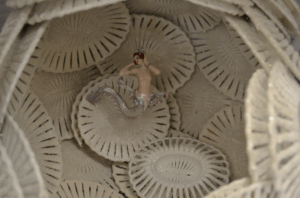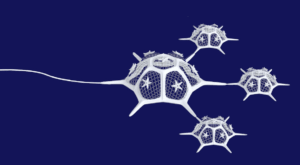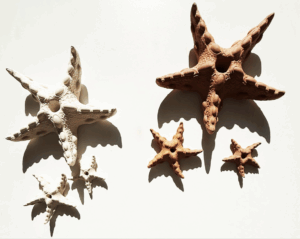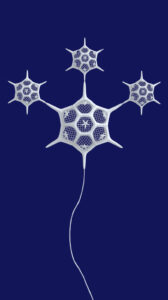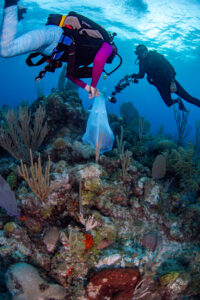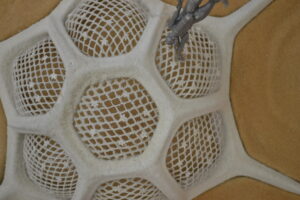The Science behind Laguna de Maya Coral Restoration Project
Discover how we combine art and science in our coral restoration project at Laguna de Maya, just 1.5 hours east of Havana, Cuba.
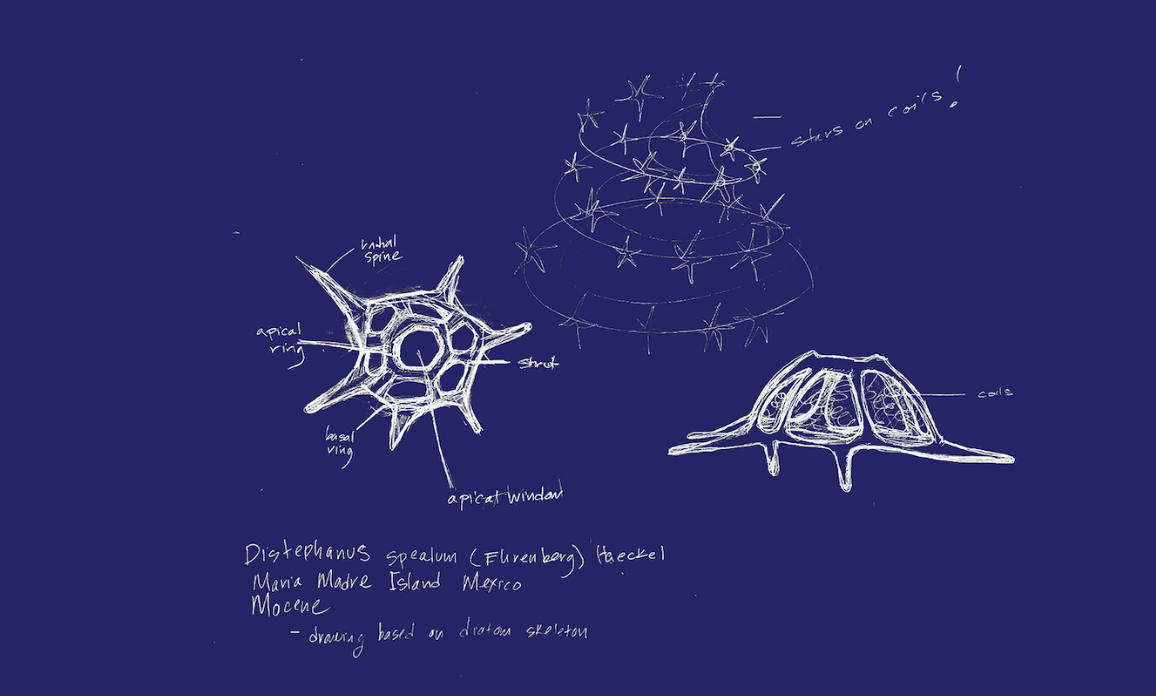
Above initial drawing depicting a novel design for a coral nursery the artist plans to implement in Cuba, integrating two coral restoration strategies.
It combines a Biorock structure that accretes calcium carbonate, forming a substrate three times stronger than concrete, with a coral sexual larval propagation technique that seeds star-shaped substrates with genetically robust, cross-fertilized coral gametes. The nursery would act as both a structure to affix the coral larval substrates with a structure that would also act as a wave attenuator protecting fragile shorelines. The “Plankton Pod ” design inspired by the Distephanus boliviensis, a flat-bottomed unicellular phytoplankton, enabling it to drift gracefully and slowly through the photic zone and provide a stable environment for reef restoration. This artistic endeavor showcases a pioneering approach to coral conservation, blending scientific principles with sustainable materials to move away from traditional plastic or concrete methods .
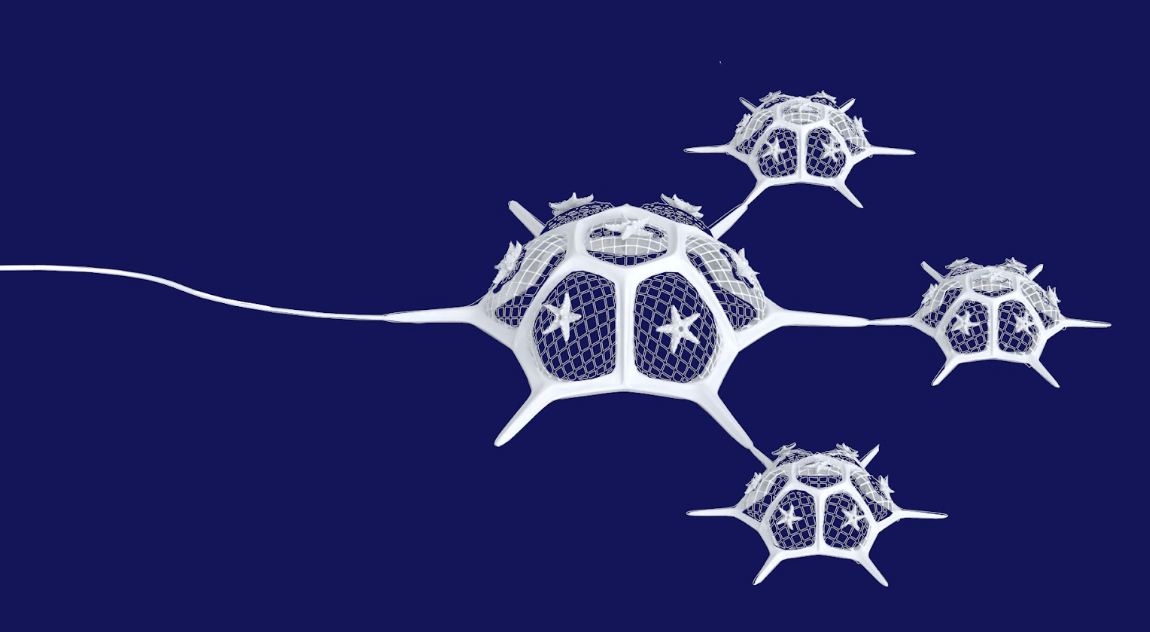
© Mara G. Haseltine
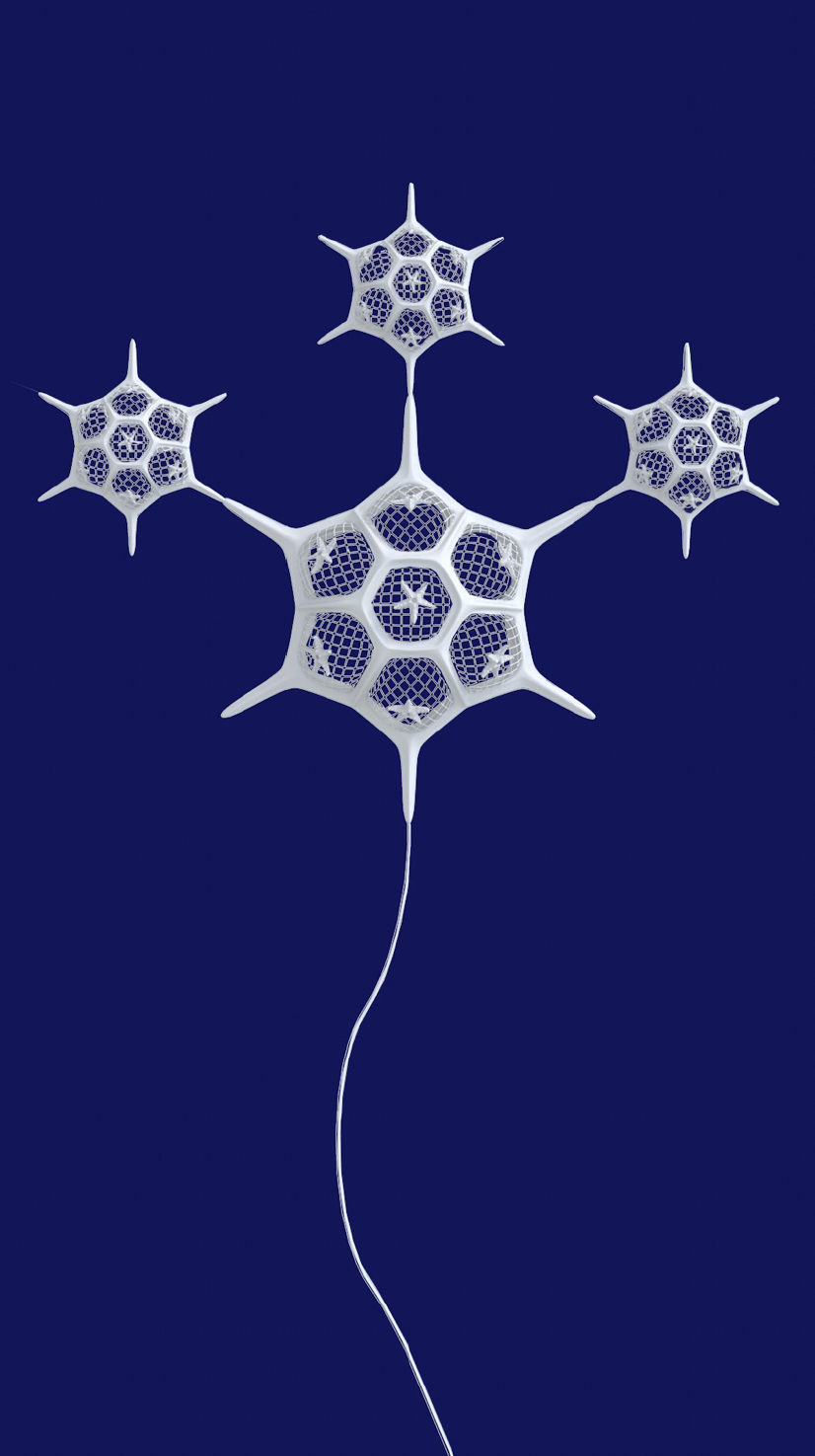
© Mara G. Haseltine
Launching Laguna de Maya Coral Nursery and Sanctuary
utilizing two innovative methods of reef restoration
Biorock
Biorock, is a technique that ‘grows’ calcium carbonate when lightly electrified metal with a negative charge using an anodic cathodic process self-repairing structure. A series of experiments can be conducted on how the nascent coral gametes and fragments within the field of negative electricity the coral “Ark” provides and outside of the” Ark”. The design of the Ark with a larger central pod and three branching pods is, based on the natural form of a photosynthesizing plankton with a flat bottom and flanges which offer maximum stability, the shape while maintaining a lot of negative space for water to flow through. The radiating design also allows for lower amounts of current in the three radiating smaller Pods and a slower growth rate for the Biorock and more suited to natural larval settlement. (See attached paper of a Biorock coral Ark in Jamaica where this is the case) Theoretically, the coral gametes settled on the ceramic substrates will have higher mortality and growth rates if this is the case then Biorock Structures would be excellent for coral nurseries supporting larval propagation
Coral larval propagation is a reef restoration technique that works with nature:
In a nutshell: It involves collecting coral spawn during natural spawning events, fertilizing them in controlled conditions, and then raising the larvae until they’re ready to settle on a reef. These young corals are then placed on degraded reefs where they can grow into new, healthy colonies.
This method allows for the selection of heat-tolerant parent corals, helping to increase thermal resilience in future generations. It also preserves genetic diversity, which improves a reef’s ability to adapt to a changing climate.
By planting corals in carefully chosen reef zones—such as just below or above thermoclines (natural layers in the ocean where temperature changes rapidly with depth)—restoration teams can also increase coral survival rates by matching them with their optimal thermal environment.
Discover the Unique Features of Our Coral Nursery
Learn how we are making an impact through our functional eco-art project and coral restoration efforts at Laguna de Maya, an underwater sanctuary located 1.5 hours east of Havana.
Eco-Friendly Design and Implementation
Our coral nursery operates with sustainable methods and uses innovative techniques for coral restoration that minimize environmental impact.
Community Involvement and Outreach
We believe in working closely with local communities to educate and involve them in our conservation efforts, fostering a sense of ownership and responsibility for our oceans.
Day and Night Monitoring and Maintenance
Our team conducts round-the-clock monitoring and maintenance of our nursery and its inhabitants, ensuring optimal conditions for coral growth and survival.
Scientific Research and Data Collection
We are dedicated to advancing knowledge and understanding of coral reefs through ongoing scientific research and data collection within our nursery and its surrounding areas.
Join us in preserving the ocean
Restore Coral Reefs with us
Donate now to support our mission
Testimonials
I founded the Geotherapy Institute for Art and Filed Science on the principal that the most effective way to change our cultural narrative is to infuse the field sciences with art to inspire not just scientists but the general population to rise to the occasion- the age of the Anthroprocene. To understand the natural world and be inspired by it, is to learn to care for it a develop a bioethic that nurtures not only creativity but a love for our shared biosphere
Mara G. Haseltine
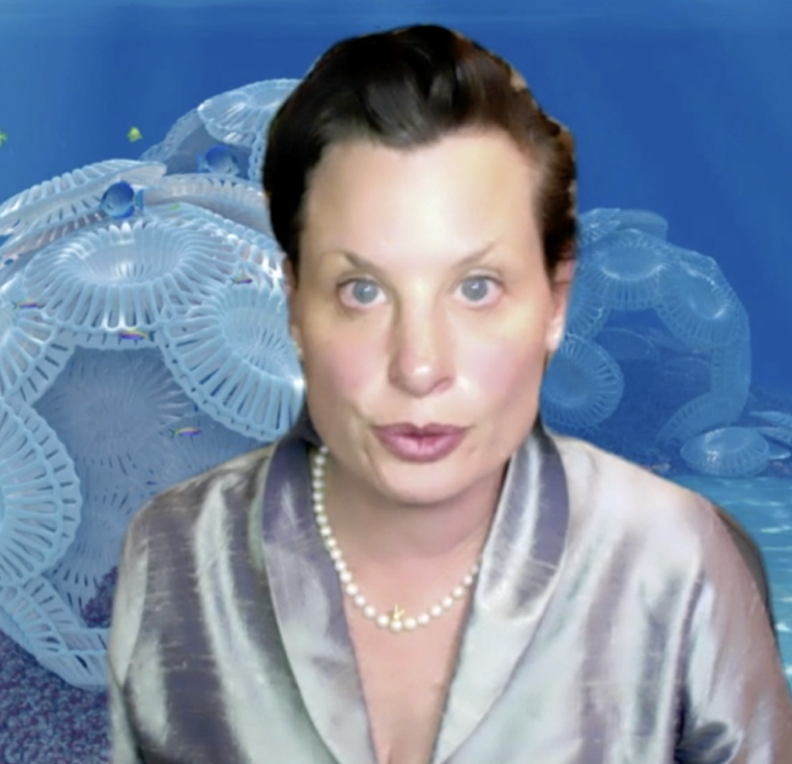
A small area around the Bay of Matanzas, including Playa Coral, was the only part of the Caribbean to espace the deadly high water temperatures of 2023 and 2024, and may be the only part of the Caribbean now left with healthy Acropora coral populations, formerly the dominant coral in shallow waters. Protecting and propagatin the last survivors is the highest conservation priority.
Tom Goreau
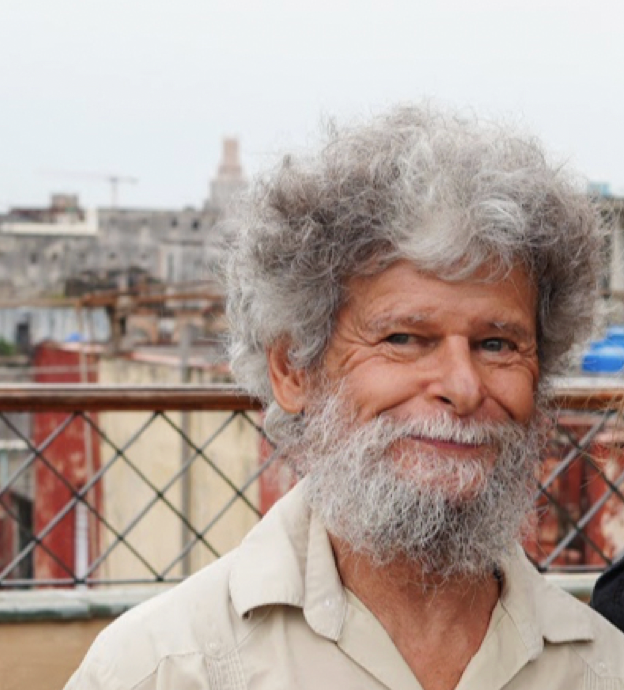
Coral seeding, or sexual coral restoration, is intimately timed to natural cycles. Most coral species spawn only once a night and in close proximity to the month’s full moon which requires patience and precision. However, once wild colonies release their spawn, these eggs and sperm can be inseminated by staff and returned to reefs that are in need of genetically diverse polyps. A 2024 research paper Margaret Miller of SECORE International, hints that polyps that have undergone assisted fertilization may be even stronger than naturally fertilized corals.
Fernando Bretos
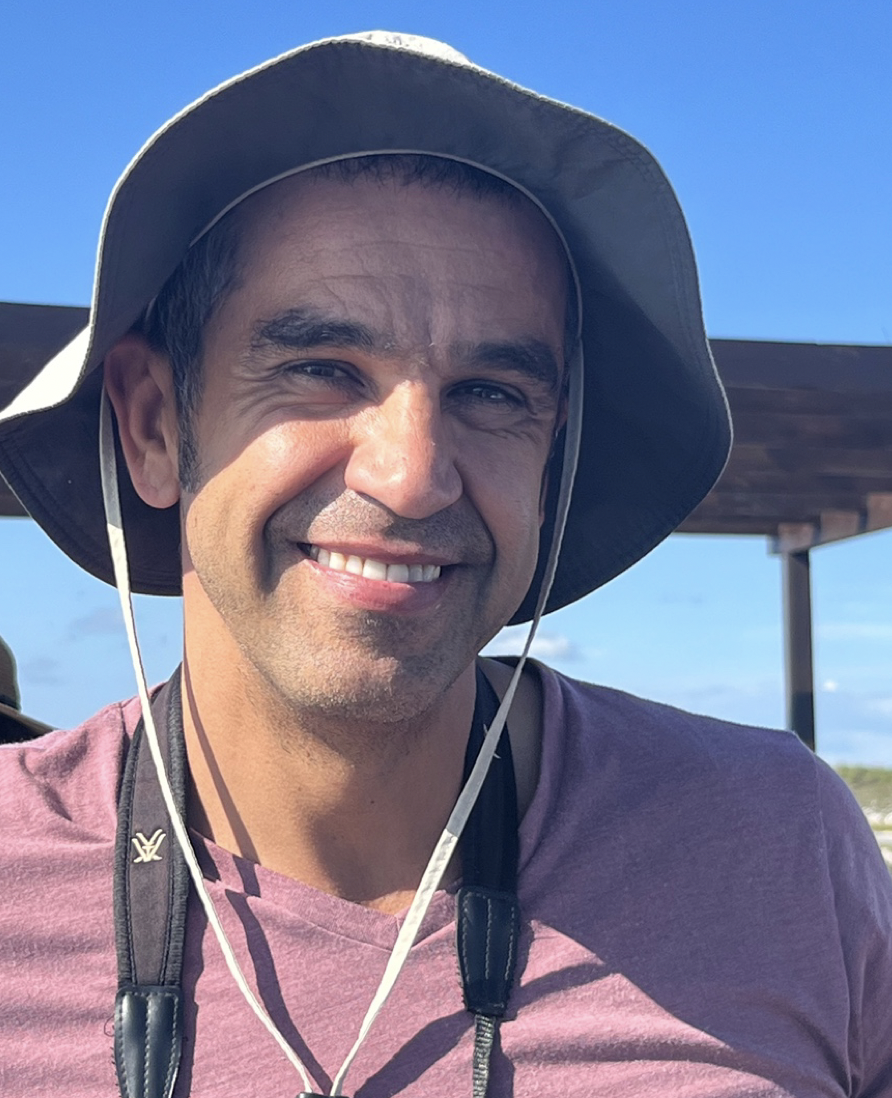
Partners

